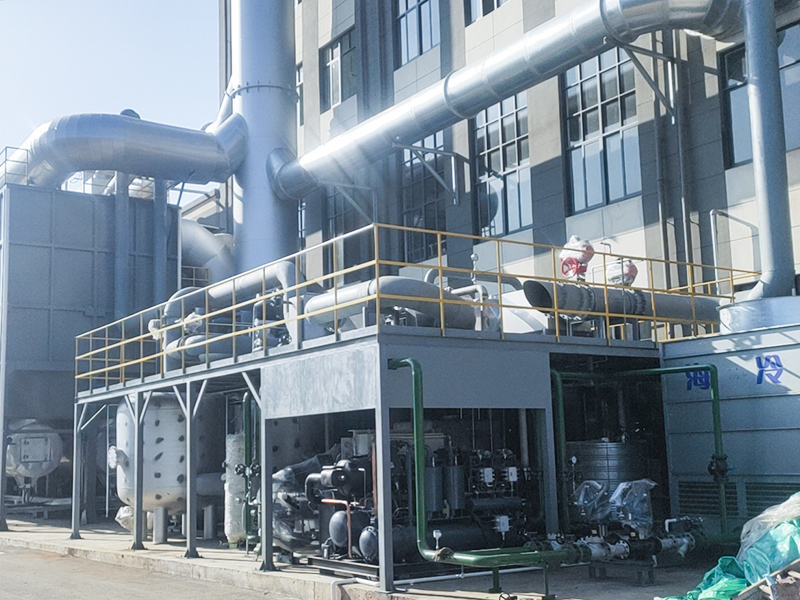VOCs, or Volatile Organic Compounds, are a group of carbon-based chemicals that have low boiling points and easily evaporate into the air at room temperature. They are commonly found in a wide range of products and materials used in daily life and industrial processes. VOCs can be released into the air as gases or vapors from various sources, contributing to indoor and outdoor air pollution.
VOCs can be both naturally occurring and man-made. Natural sources of VOCs include vegetation, trees, and wildfires. Man-made sources are more prevalent and come from various products and activities, including:
- Household products: Paints, solvents, cleaning agents, air fresheners, and pesticides.
- Building materials: Adhesives, sealants, carpets, and composite wood products.
- Personal care products: Perfumes, hair sprays, and cosmetics.
- Industrial processes: Printing, surface coating, chemical manufacturing, and vehicle emissions.
- Fuel combustion: Gasoline, diesel, and other fuel burning.
While VOCs play a role in the Earth's natural processes and are necessary for certain chemical reactions, they become harmful when present at high concentrations in the air. VOCs can have various negative effects on human health and the environment:
1. Air Pollution: VOCs are significant contributors to air pollution. When released into the atmosphere, they can react with nitrogen oxides in the presence of sunlight to form ground-level ozone and smog, which are harmful to human health and the environment.
2. Health Effects: Short-term exposure to high levels of VOCs can cause eye, nose, and throat irritation, headaches, dizziness, and nausea. Long-term exposure or exposure to high concentrations can lead to more severe health issues, including respiratory problems, liver and kidney damage, and even some types of cancer.
3. Indoor Air Quality: VOCs can be present at higher concentrations indoors, where people spend a significant portion of their time. Poor indoor air quality due to VOCs can cause "sick building syndrome" and exacerbate existing respiratory conditions, particularly in sensitive individuals such as children, the elderly, and people with respiratory disorders.

4. Contribution to Climate Change: Some VOCs, such as methane, are potent greenhouse gases that contribute to global warming and climate change.
5. Environmental Impact: VOCs can harm the environment by contributing to the formation of ground-level ozone, which damages vegetation, harms aquatic ecosystems, and affects wildlife.
To mitigate the harmful effects of VOCs, various regulations and guidelines are in place to limit their emission from industrial processes and consumer products. Additionally, adopting VOC recovery systems and using low-VOC or VOC-free products can help reduce their impact on air quality and human health.



 English
English 简体中文
简体中文